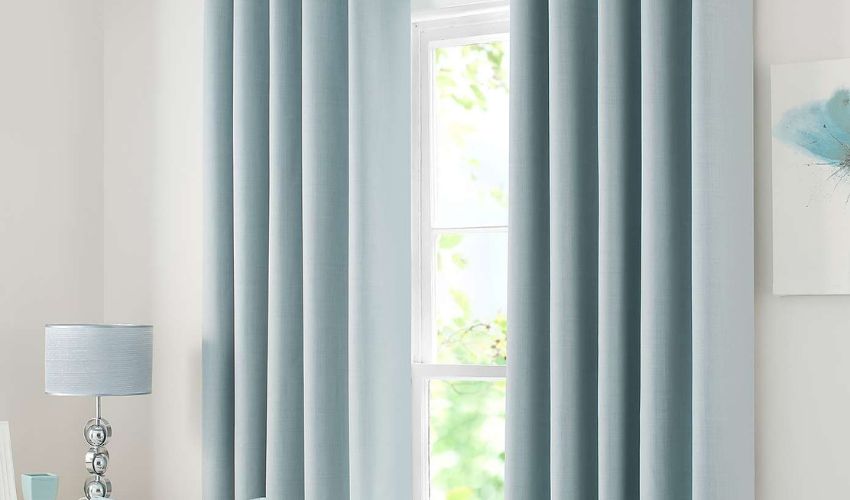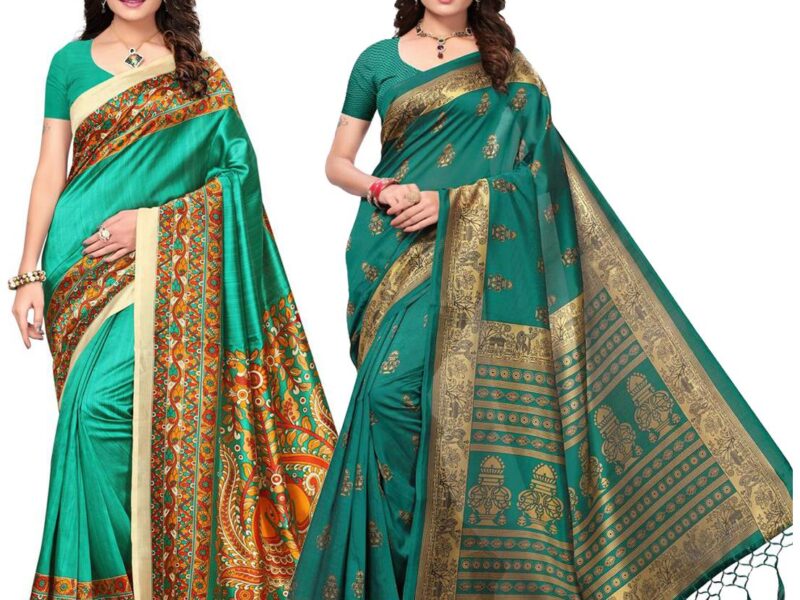Curtain is a ubiquitous feature in homes worldwide, primarily valued for their aesthetic appeal and privacy. However, their influence extends beyond these obvious benefits; curtains also play a significant role in regulating room temperature. Understanding how curtains can affect room temperature involves exploring various factors such as fabric type, color, and design, as well as their ability to block sunlight, trap heat, and provide insulation. This comprehensive examination will highlight the critical impact curtains have on maintaining a comfortable and energy-efficient indoor environment.
Curtains act as a barrier between the window and the rest of the room, which can significantly influence heat transfer. Windows are a common source of heat loss during colder months and heat gain during warmer months. Here’s how curtains help in both scenarios:
Thermal Insulation
Table of Contents
ToggleWinter Months
During the winter, curtains can help retain indoor heat. When closed, thick curtains, particularly those with thermal linings, create an insulating layer that reduces heat loss through windows. This insulation effect can be enhanced by using curtains made of heavy fabrics like velvet, wool, or specially designed thermal materials. The trapped air between the window and the curtain acts as an additional buffer, preventing warm indoor air from escaping and cold air from seeping in.Summer Months
In the summer, the primary function of curtains is to block out solar radiation, thus keeping indoor spaces cooler. Light-colored curtains, especially those with reflective backings, are effective at reflecting sunlight away from windows, thereby reducing heat gain. Blackout curtains, which are designed to block out light completely, can also prevent solar radiation from heating up the room, maintaining a cooler indoor environment.Energy Efficiency
Curtains contribute to energy efficiency by reducing the need for artificial heating and cooling. By moderating indoor temperatures, curtains lessen the load on heating, ventilation, and air conditioning (HVAC) systems, which can lead to significant energy savings. According to studies, properly chosen and utilized curtains can reduce heat loss by up to 25% in the winter and cut down heat gain by up to 33% in the summer.Fabric and Material Choices
The material and thickness of curtain fabrics play crucial roles in their thermal performance. Here are some fabric options and their specific benefits:Thermal Curtains
Thermal curtains are designed with layers of insulating material to maximize heat retention. These curtains often have a core layer of foam or fleece sandwiched between decorative fabrics. The insulating properties of thermal curtains are particularly beneficial in colder climates.Blackout Curtains
Blackout curtains are made from densely woven fabric that blocks out light and provides a substantial barrier against heat transfer. While originally designed for light control, their ability to reduce heat gain makes them ideal for warmer climates and rooms with significant sun exposure.Sheer Curtains
Sheer curtains, made from lightweight and translucent fabrics, are less effective in insulating but can be used in conjunction with heavier drapes to balance light control and thermal regulation. During the day, sheer curtains allow natural light while reducing some heat gain, and at night, heavier curtains can be drawn to improve insulation.Curtain Design and Installation
The design and installation of curtains(curtain in Dubai) also impact their effectiveness in regulating room temperature. Key considerations include:Curtain Length and Width
Curtains that extend from ceiling to floor and are wide enough to cover the entire window can create a more effective barrier against heat transfer. Overlapping curtains at the center and ensuring they extend beyond the window frame on the sides can further enhance insulation.Curtain Rod Placement
Installing curtain rods closer to the ceiling and allowing curtains to hang close to the wall reduces gaps through which air can escape. Magnetic strips or hook-and-loop fasteners along the edges can further seal gaps and improve thermal performance.Layering
Layering curtains can provide additional insulation. Combining sheer curtains with heavier drapes allows for flexibility in managing light and heat throughout the day. In the evening, the heavier layer can be drawn to retain warmth, while during the day, sheer curtains can be used to diffuse light and reduce glare.Seasonal Adjustments
Adjusting curtain usage based on the season can maximize their impact on room temperature. During the summer, keeping curtains closed during the hottest parts of the day can prevent solar heat gain, while opening them at night can allow cooler air to enter. In winter, opening curtains during sunny days can let in natural warmth, and closing them at night can conserve heat.Technological Innovations
Advancements in technology have introduced smart curtains and automated systems that enhance thermal regulation. Smart curtains can be programmed to open and close based on the time of day, weather conditions, or indoor temperatures. Integration with home automation systems allows for more precise control and optimization of energy usage.Environmental and Health Benefits
Maintaining optimal indoor temperatures with the help of curtains not only improves comfort but also has broader environmental and health benefits. Reducing reliance on HVAC systems lowers energy consumption and greenhouse gas emissions, contributing to environmental sustainability. Furthermore, stable indoor temperatures can improve air quality and reduce the risk of respiratory issues, promoting overall health and well-being.Conclusion
Curtains are more than mere decorative elements; they are essential tools in the quest for energy efficiency and indoor comfort. By selecting the appropriate fabrics, designs, and installation methods, homeowners can significantly influence room temperature and reduce energy costs. The strategic use of curtains, tailored to seasonal variations and individual room needs, can create a more comfortable living environment while contributing to environmental sustainability. As technological innovations continue to emerge, the role of curtains in regulating indoor climates will likely become even more integral, highlighting their importance in modern home design and energy management.FAQS
How do curtains help in regulating room temperature during different seasons?
Curtains regulate room temperature by acting as a barrier between the window and the rest of the room. In winter, thick and thermal-lined curtains trap warm air inside, reducing heat loss and keeping the room warmer. In summer, light-colored or reflective curtains block solar radiation, preventing the room from heating up and keeping it cooler. This seasonal adjustment in curtain usage helps maintain a comfortable indoor environment year-round.
What types of curtain fabrics are best for insulating and controlling room temperature?
The best curtain fabrics for insulation and temperature control include thermal curtains, blackout curtains, and heavy fabrics like velvet and wool. Thermal curtains have insulating layers that trap heat, making them ideal for winter. Blackout curtains, made from densely woven fabric, block light and heat, suitable for summer. Combining these with lighter fabrics like sheers can offer flexibility in managing light and heat effectively.
How can the design and installation of curtains enhance their effectiveness in temperature regulation?
Effective curtain design and installation involve ensuring that curtains are long enough to extend from ceiling to floor and wide enough to cover the entire window, minimizing gaps through which air can escape. Installing curtain rods close to the ceiling and allowing curtains to hang close to the wall improves insulation. Additionally, layering curtains—using sheer curtains during the day and heavier drapes at night—can optimize light control and thermal regulation. Automated or smart curtains can further enhance this by adjusting based on time of day or indoor temperature.

